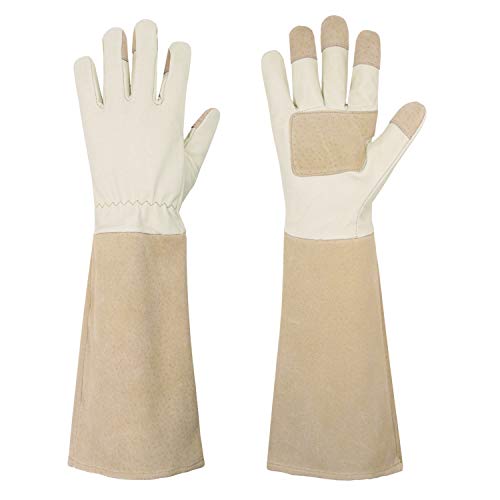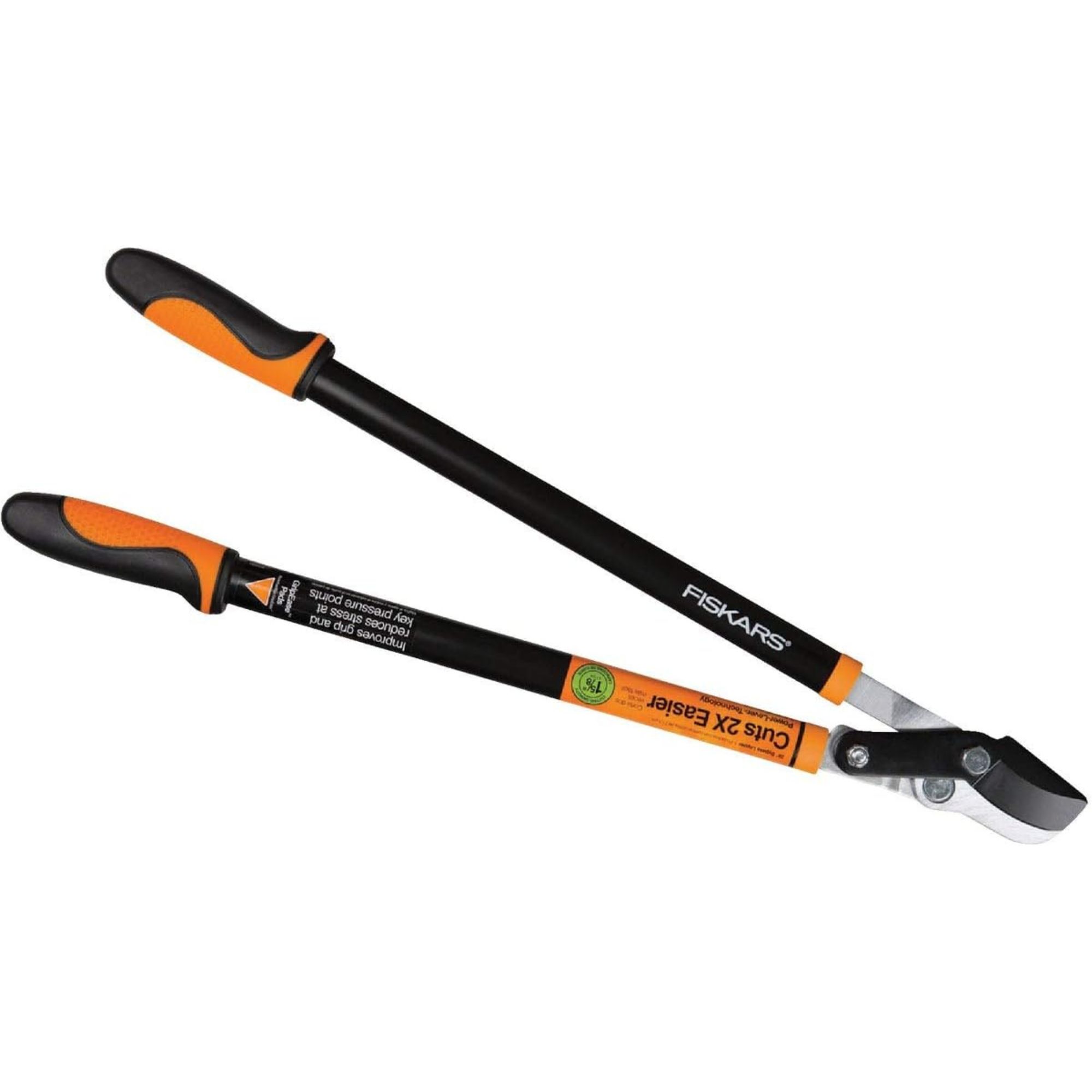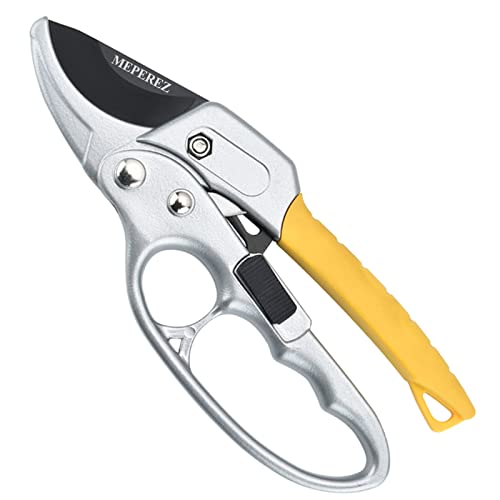8 Flowering Shrubs You Should Definitely Prune in February — Are Your Garden Plants on the List?
Get out the pruning shears and start trimming to get a head start on the growing season if you want shapely shrubs and plenty of beautiful blooms this year
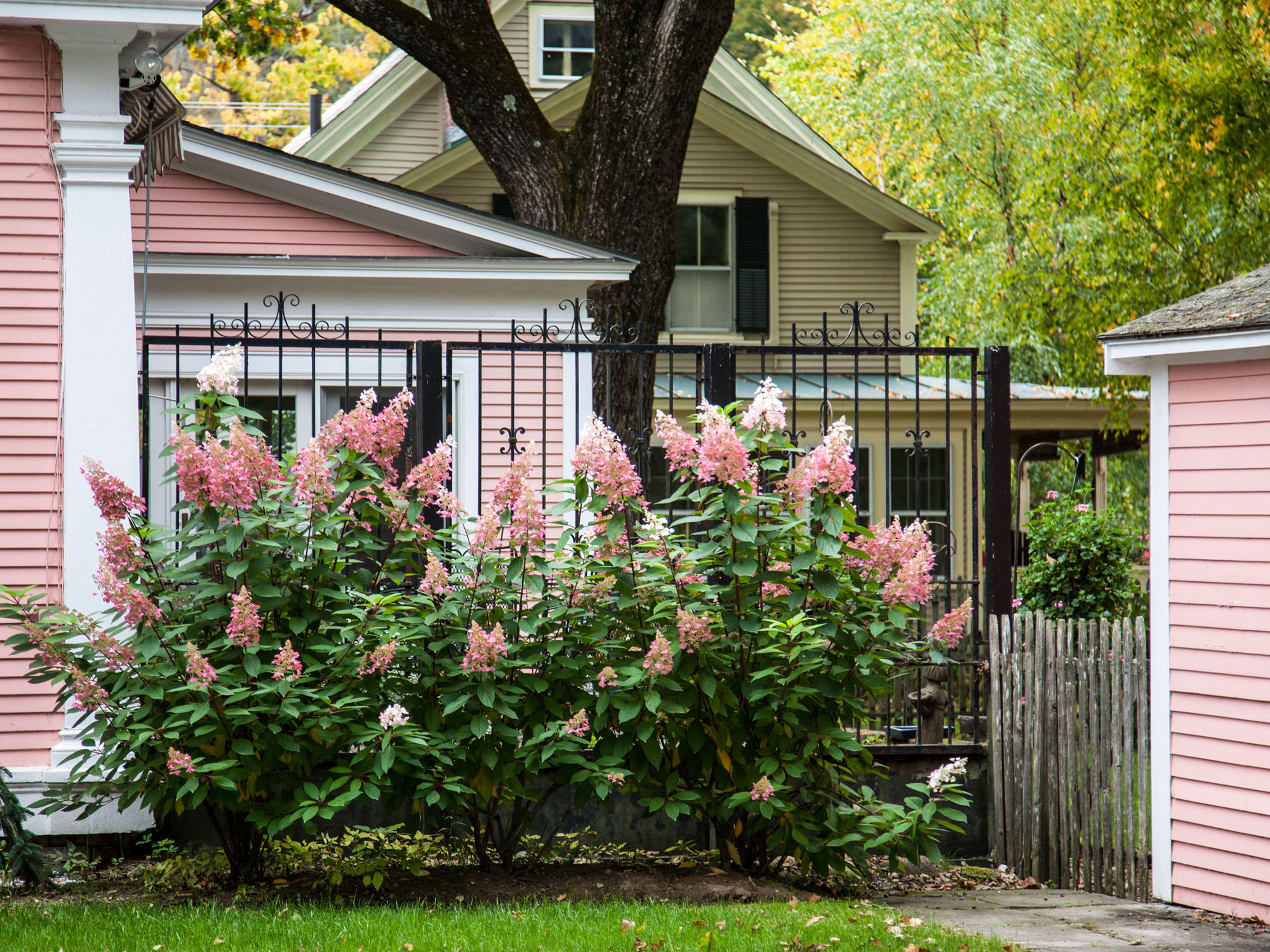
Spring is in the air (kind of) so it's time to turn your attention to getting shrubs in shape for summer. Pruning is one of the key elements of spring garden maintenance as it improves plant health by letting in air and helps to boost flower production by getting rid of dead stems. It's also easier to see the branch structure more clearly at this time of year as the shrub won't be fully in leaf.
When pruning, always use clean, sharp tools so that shrubs are not damaged by blunt shears that fray stems, leaving them susceptible to disease. Make neat cuts above a bud or set of buds (of which there should be plenty at this time of year) as this is where the plant will grow back. It also avoids leaving ugly stems sticking out that ruin the outline of your shrub.
Our guide to what to prune in February focuses on some of our all-time favorite shrubs that will benefit from a trim now to get them in the best possible shape for your modern garden for summer.
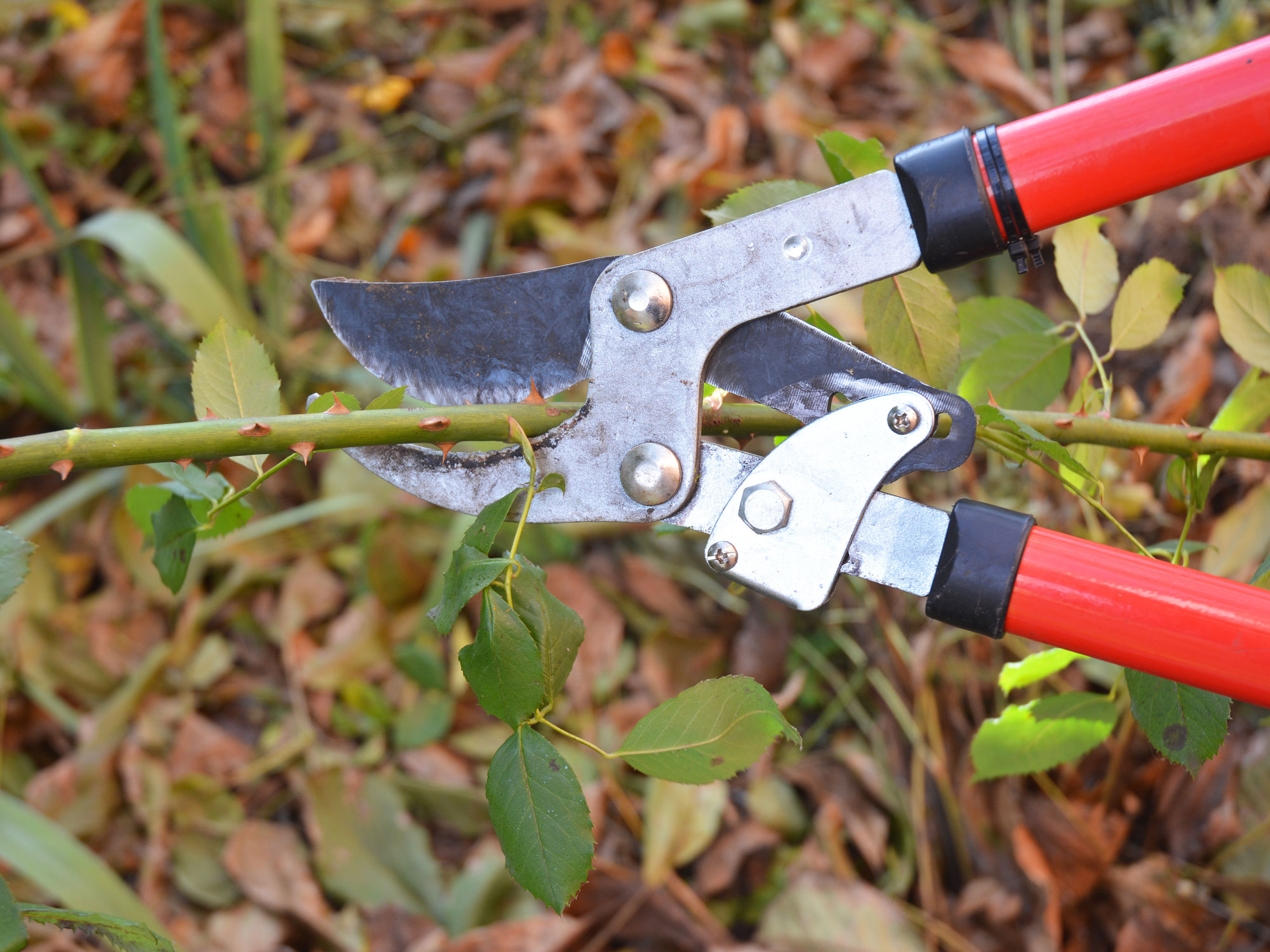
February is a great time to tidy up rose bushes
8 flowering shrubs that need pruning in February
Before you reach for your pruning shears, first take into account the weather, as this is a spring job that very much depends on your local climate and checking the weather forecast regularly.
Sometimes you can get caught out, lulled into a false sense of security by sunny weather that triggers the urge to start snipping, but this may be one of the biggest pruning mistakes you can make. But then a few days later your yard gets hit by freezing temperatures that seem to come out of nowhere and with the potential to cause extensive damage to your newly pruned shrubs.
Freezing temperatures can result in blackened shoots and stems that damage your shrub and delay spring growth, as they too will need pruning once all risk of severe weather has passed.
Now find out which flowering shrubs need the attention of your pruning shears in February.
1. Dogwood (Cornus)
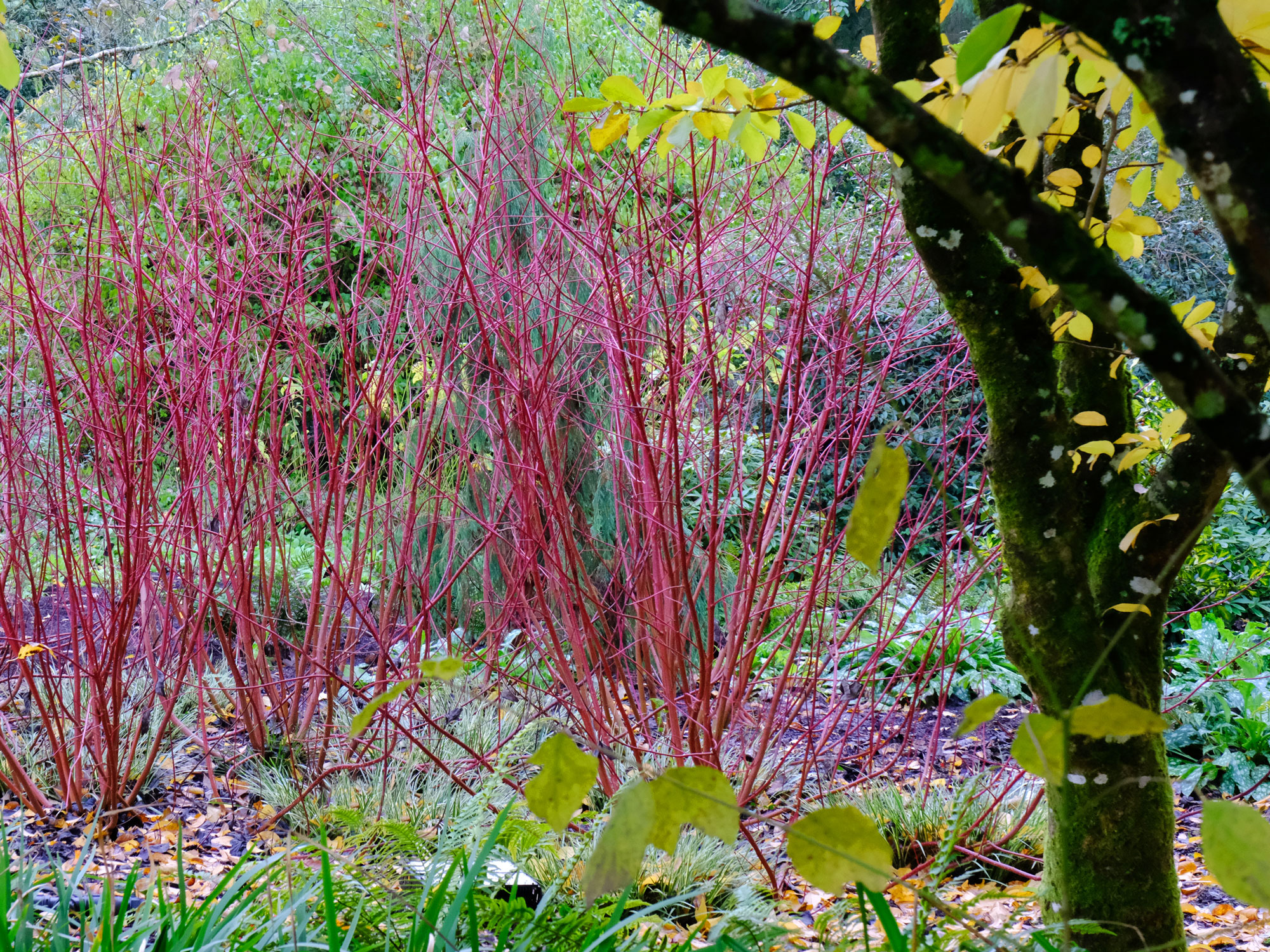
Red-stemmed Cornus alba (Siberian dogwood)
Grown for their brightly colored stems, mass of flowers (in winter, spring or summer depending on the variety) and as one of the best trees for privacy, these ornamental plants are best pruned in late winter or early spring (February or March), before the plants have started to come into leaf. Pruning at this time will ensure the stems are compact and colorful the following winter.
Once your dogwood has matured and established, which is generally after three or four years, you can start to prune it in spring. They should be cut down almost to ground level to ensure a nicely shaped shrub. As the stems are so thin and bendy this is easily done with a pair of clean, sharp pruning shears.
If you do find your shrub has developed some thicker stems use a small, sharp pruning saw instead to avoid damaging the plant if your pruning shears aren't up to the job. The stump of the bush should have a smooth, clean finish to encourage healthy new stem growth.
2. Butterfly bush (Buddleja davidii)
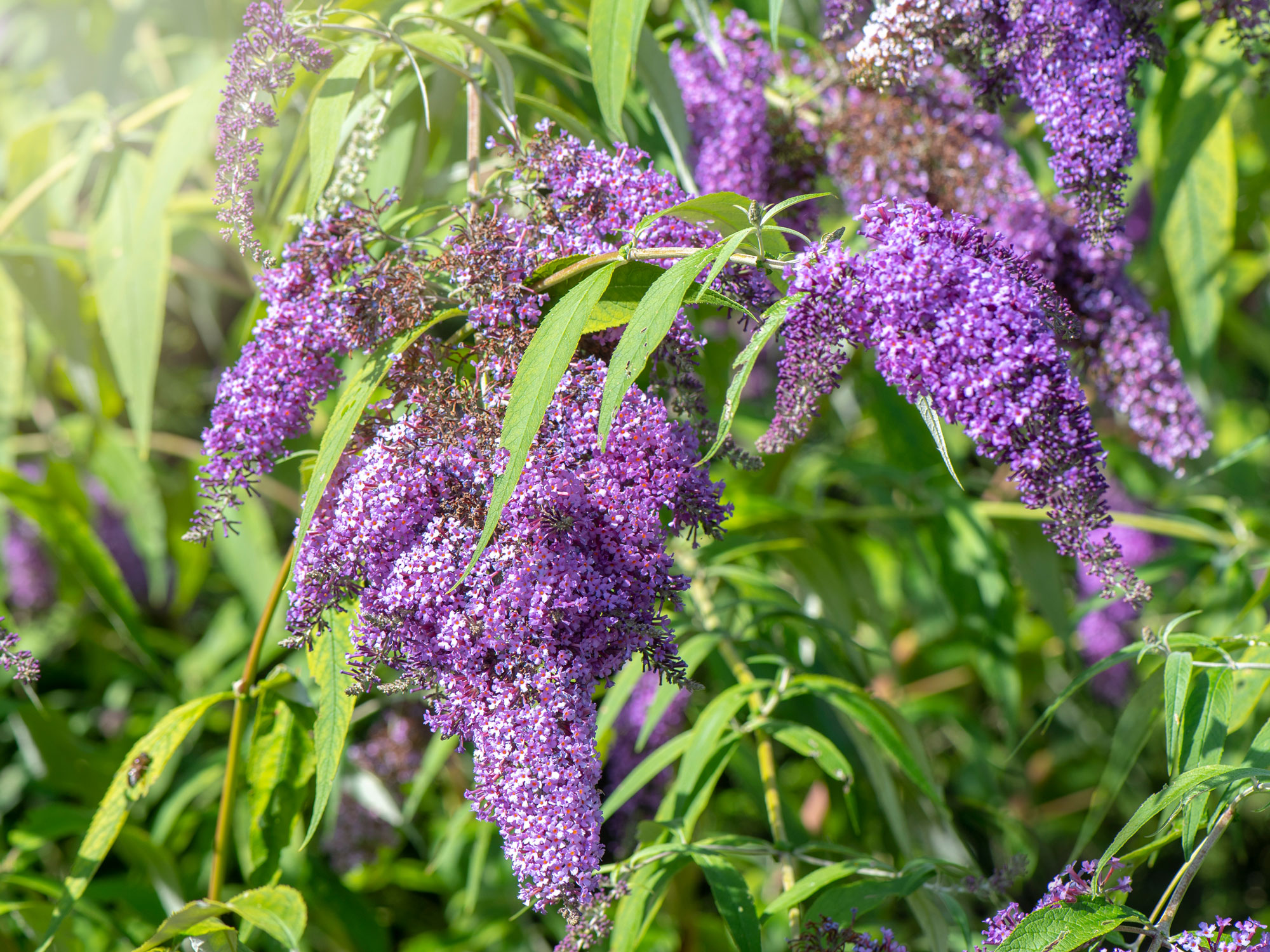
To keep a butterfly bush flowering well every year requires the correct pruning regime. These beautiful shrubs with their masses of blooms are easy to grow and is one of the best plants to attract butterflies but they do need to be kept in shape with regular pruning or they will grow leggy and flower production will be sparse.
Most varieties should be pruned in spring, sometime between February to mid-April. The branches should be cut right down to the base, a technique known as 'stooling', to leave a clump of short, neat stems, from which lots of fresh shoots will soon emerge.
The growth of butterfly bushes can be thick and woody, so if this is the case with your shrub you will need to bring in a pruning saw or loppers, like this pair from Amazon, rather than pruning shears, to get the job done efficiently.
3. Bougainvillea

Beautiful bougainvillea shrubs are often trained to grow over fences and garden trellises, as well as around doorways, where they will create cascades of stunning color. These plants are rampant growers though, and this means they need pruning vigorously if you want them to stay in shape.
Cut back the previous season's growth by about two-thirds in early spring. Bougainvillea are pretty tough plants and will respond well to this type of heavy pruning. In fact, they are known to thrive on it. This is particularly important if you want to keep your bougainvillea contained within an established framework such as a trellis.
Wear protective gloves, like these rose-pruning gloves from Amazon, since many cultivars have sharp thorns. Use a pair of sharp, clean pruning shears to cut back any crossing, diseased or weak stems, creating an open, shapely look as you go.
Older plants can be reinvigorated by removing some older stems, cutting back to younger side shoots near the base. This is known as restorative (or regenerative) pruning, and will result in masses of flowers.
4. Clematis
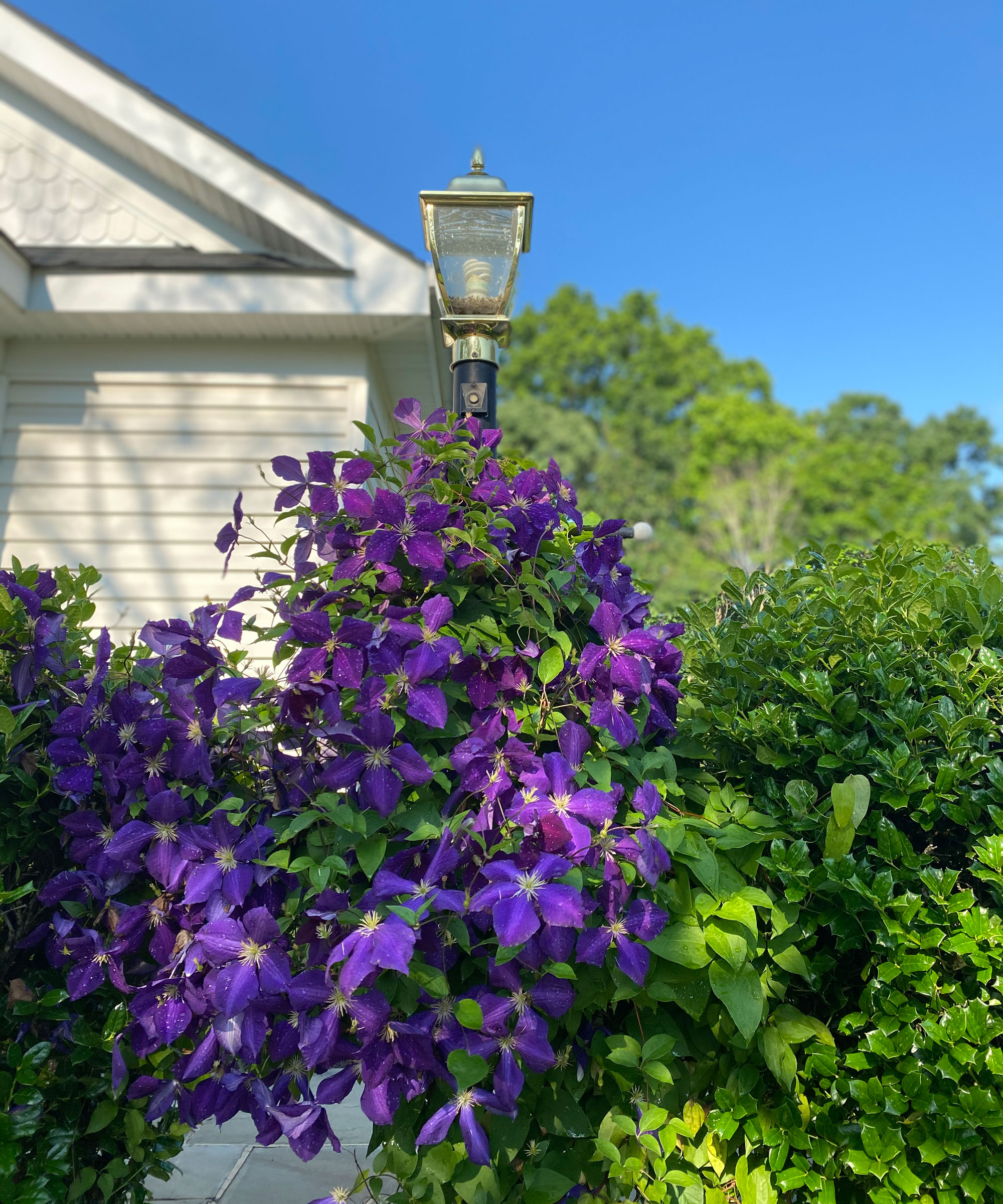
It's important to prune clematis regularly to encourage healthy growth and flowering. If you don't you can end up with a mass of tangled stems and lots of bare, flowerless wood at the base of your plant — which makes it a much less attractive prospect for climbing plant for the front of your house.
If you're wondering what to prune in February first find out which 'group' your clematis falls into, as there are two groups that can be pruned this month.
'Group Two' varieties of clematis flower in early summer (May-June) on growth from the previous year. They tend to be big bloomed ones like 'Jackmanii' and 'The President'. When it comes to pruning the idea is to retain a framework of old wood and also to stimulate new shoots to get more flowers. When pruning these varieties remove any dead or diseased, crossing or weak stems, then prune the remaining stem back to a healthy pair of buds, taking care you don't accidentally snip any off.
'Group Three' varieties such as 'Abundance' and 'Ernest Markham' are known as late-flowering clematis and can be pruned hard from the middle of the month. Flowers develop from new growth in spring. Cut back old stems to just above a strong pair of leaf buds, about 12 inches above soil level, to encourage multiple stems and lots of lovely flowers.
Pruning clematis might sound complicated but you'll soon get the hang of it if you stick to your group.
5. Winter jasmine
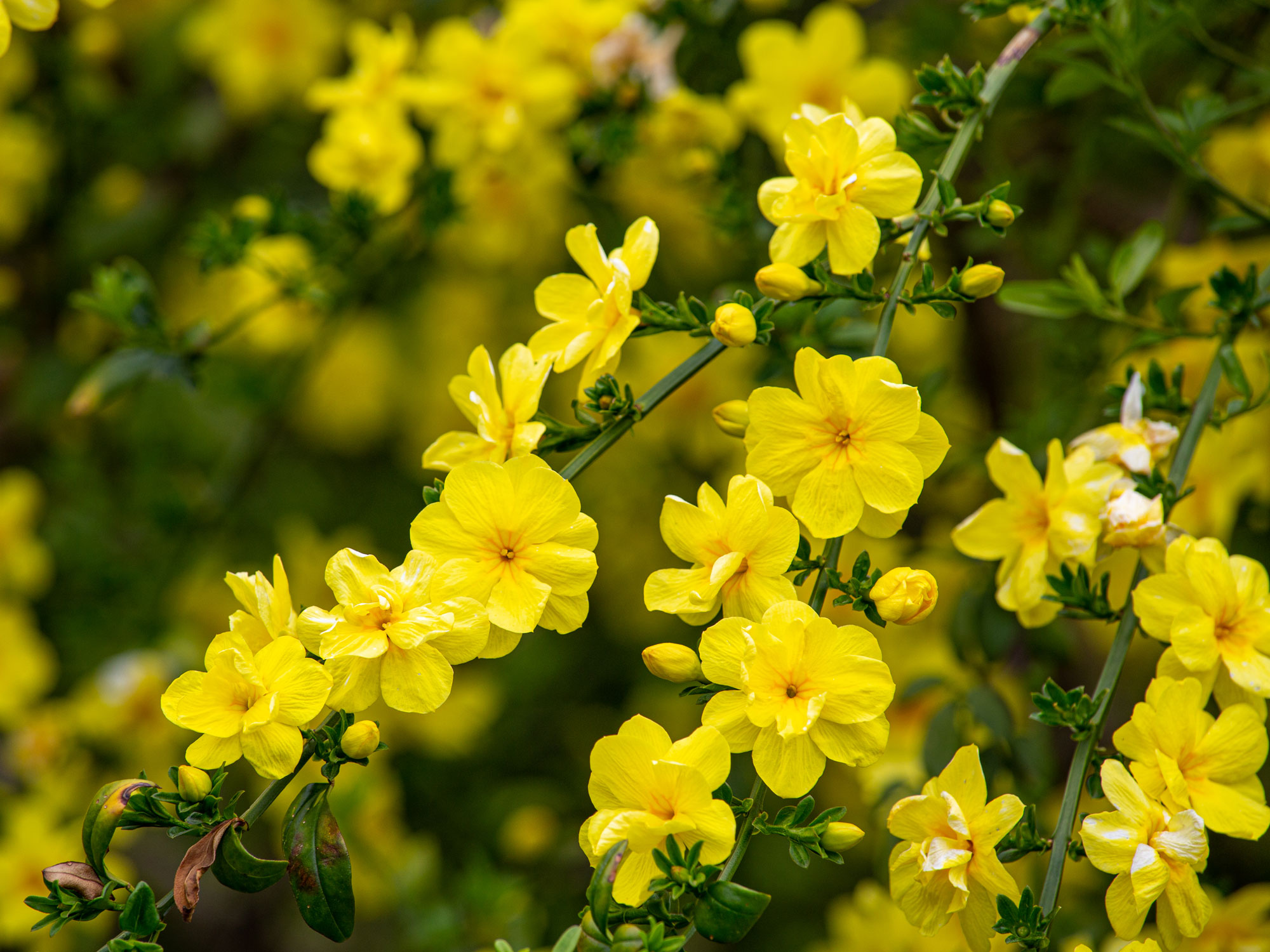
The bright yellow blooms of winter jasmine are a go-to for adding a zingy color pop to the yard at this time of year. To keep your winter flowering plants at full potential make sure you remember to add it to your list of what to prune in February.
Neglecting winter jasmine results in a mass of woody tangled stems and very few flowers. So give it a trim once it has finished flowering. If yours needs restorative work the good news is that this is one variety of shrub that can take a hard prune, although it may not flower quite as well the following year. Instead aim to give it a light trim every year to keep it shapely and blooming well.
Plants that are in good shape simply need their side shoots reducing to a healthy bud or a young shoot growing in the desired direction. Every few years it's a good idea to remove one or two of the older stems at ground level to allow light and air into the heart of the plant for healthier growth.
6. Hydrangea
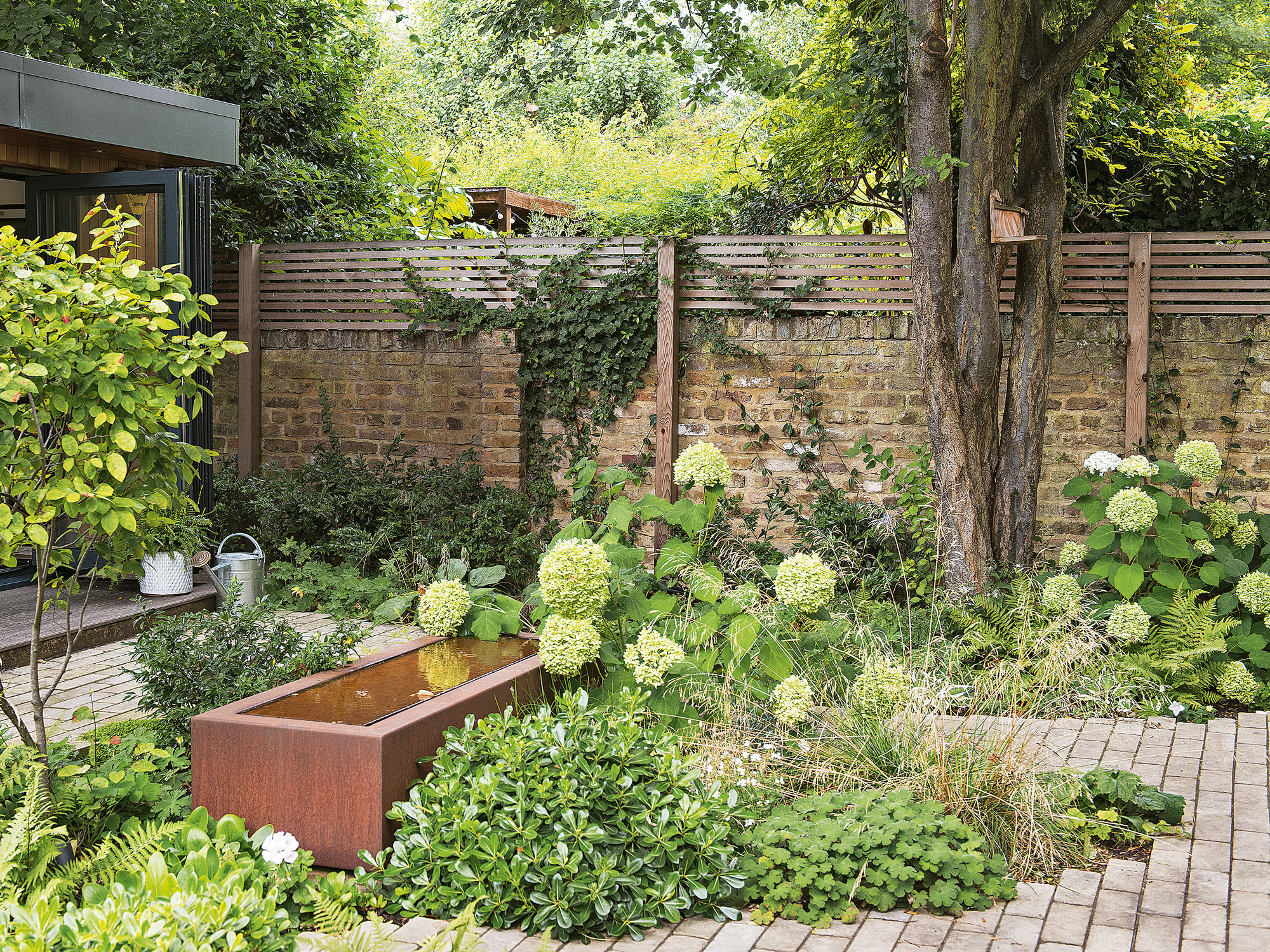
Hydrangea are easy to prune if you know what variety you have before you get started. While you won't be deadheading hydrangea at this time of year, shrubs that bloom on new growth can be pruned in early spring to give the plant a boost just before bud production takes off. This will encourage new growth and plenty of flower production.
Hydrangea arborescens varieties, such as the popular pompom cultivar 'Annabelle', flower on new wood, so should be pruned in late winter or early spring. Hydrangea paniculata varieties, with their spectacular cascading panicles, also flower on new wood, requiring late winter or early spring pruning. When you prune paniculata, cut back to the framework of the plant to enable it to make new growth.
Meanwhile climbing hydrangeas can also be pruned in winter or early spring, but only if really necessary to control their size.
February is not the time to prune mophead and lacecap varieties of hydrangea. They grow on old wood, which means the shrub will blossom in spring. So pruning old wood hydrangea now means you will be cutting off the buds, so you can wave goodbye to flowers this year. But it's fine to remove any weak or spindly stems that are ruining the look of your plant.
7. Wisteria

If you want more wisteria flowers in your life (and who doesn't) it's best to prune them twice a year, once in August and again in February.
The idea is to prune back shoots in summer to allow better air circulation and more sunlight to reach the base of the plant, encouraging new growth and flower formation. Restricting leafy growth results in more flowers and they won't be hidden by leaves.
In February your wisteria plant will be dormant and leafless, making it easy to cut back the shoots you pruned in summer to two or three buds. This tidies up the plant before the start of the main growing season. Simply cut back the growth to two or three buds to ensure that the flowers will not be obscured by leaves.
If your wisteria is overgrown now is also the time for some restorative pruning by removing older stems. It may even be necessary to cut back branches to ground level. It can take time to get your wisteria back in shape but you'll be glad you put in the effort when it's brimming with blooms later in the year.
8. Roses
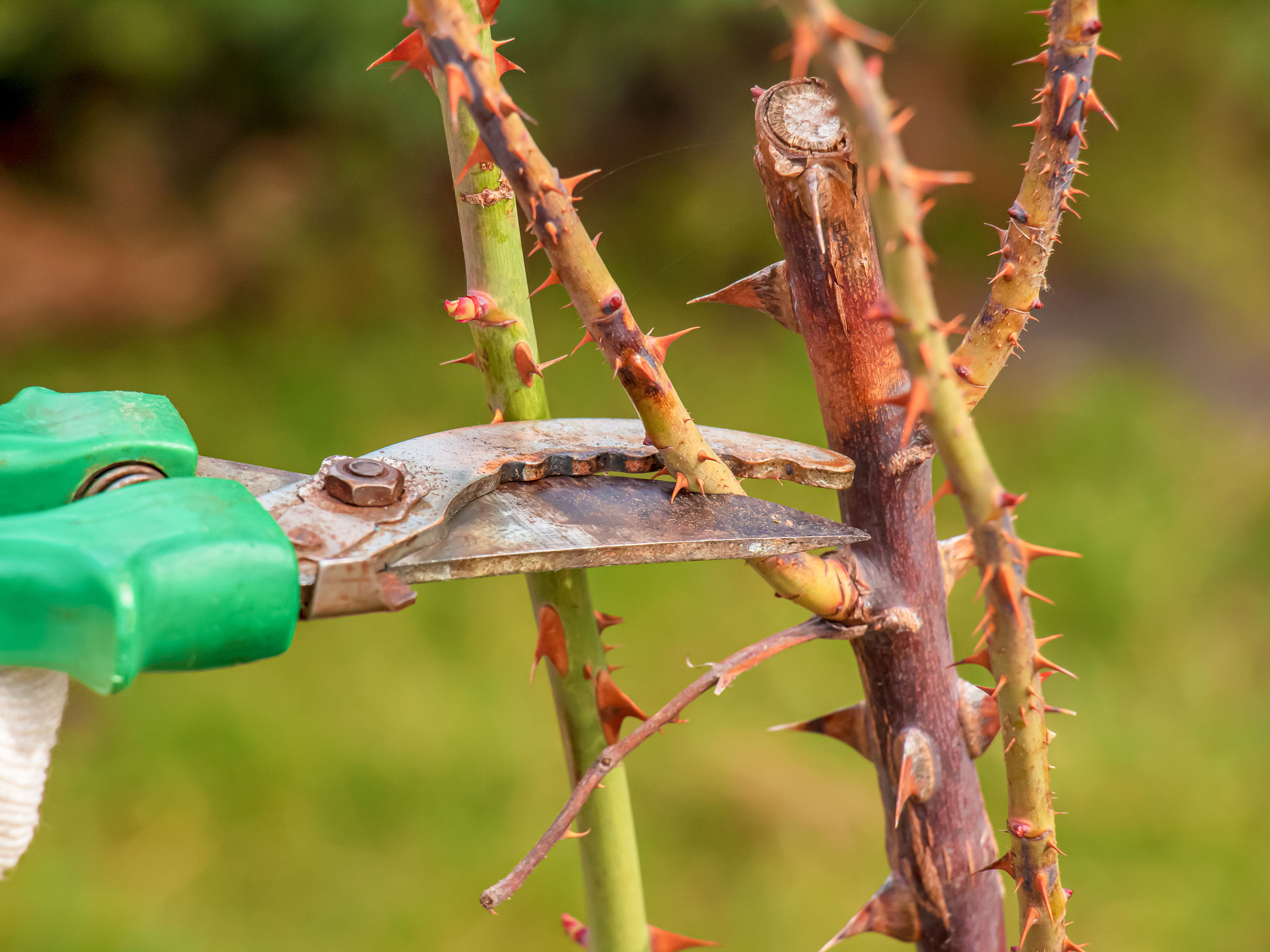
Pruning is important to keep rose shrubs healthy and in their best shape, plus guarantee plenty of beautiful blooms during summer. Again you won't be deadheading roses at this time of year, but all roses, except rambling rose varieties, are pruned while dormant, so February (or any other time in late winter/early spring) is an ideal time to do this, particularly if you live in Zones 8 or 9.
It's best to prune just before your rose bush starts actively growing in early spring. Floribunda and hybrid tea roses should be pruned hard every spring, removing all weak, damaged or crossing stems first, then pruning the remaining stems to form an open shape.
Meanwhile give shrub roses a light tidy-up in late winter/early spring too, also removing any unsightly branches that are diseased, damaged or crossing, and spoiling the look of your plant.
Then look forward to a summer of beautiful blooms.
Should I prune evergreen shrubs in February?
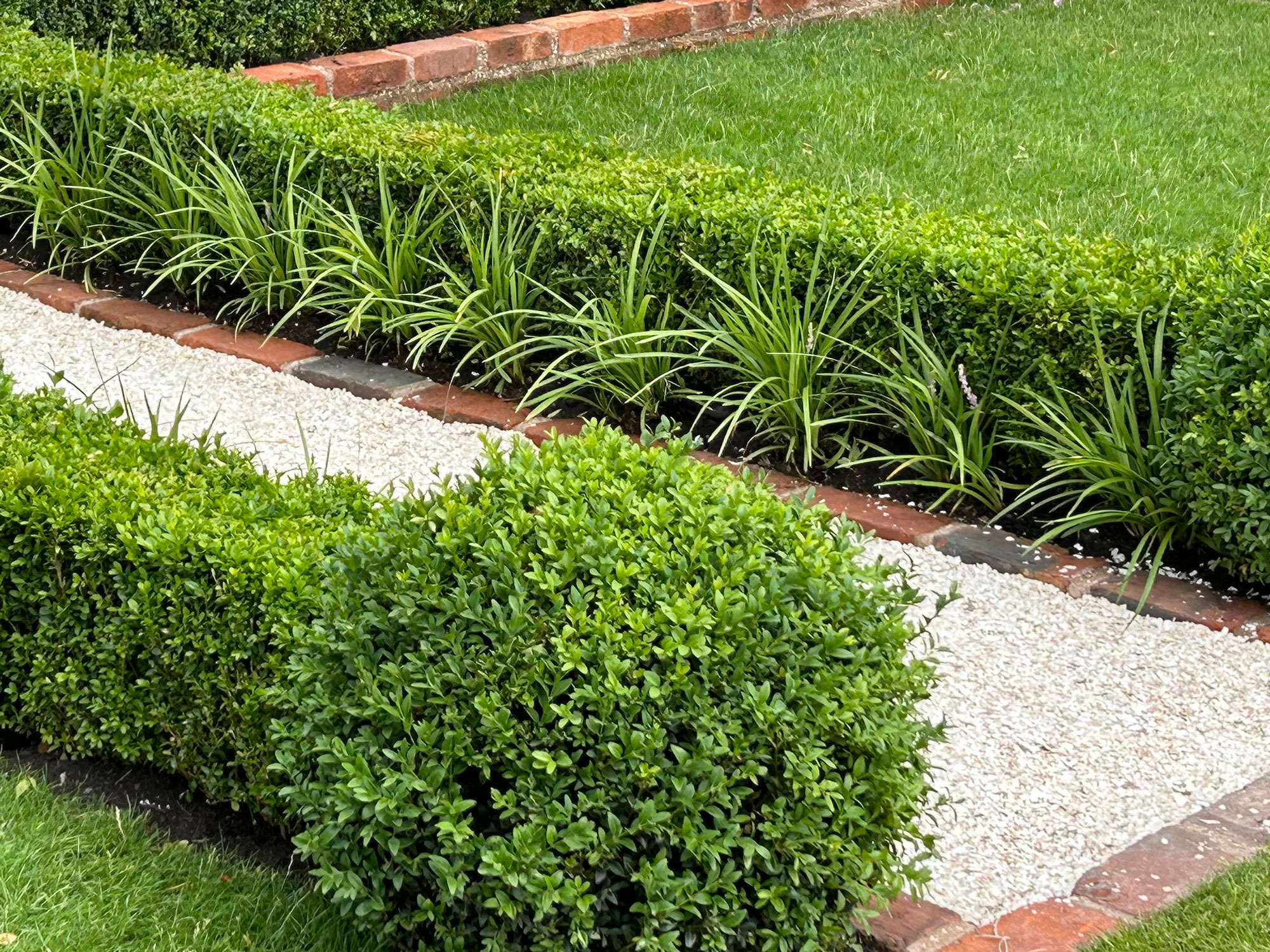
Boxwood loves a clip in February
February is a good time to prune many evergreen shrubs including boxwood, elaeagnus, nandina and holly. It's also a good idea to cut back fast-growing viburnums in February to reduce their size and keep them in shape, but if they're still looking tidy wait until after they've finished flowering then prune lightly.
Late-summer flowering evergreens like Californian lilac (Ceanothus) should be pruned in February to generate strong new shoots each year. Do not cut the branches down further than two thirds and try to cut just above an outward facing bud. In the case of mature plants, the branches can be reduced by half.
But it's best to wait a month or so to prune pittosporum, then snip out those pesky new shoots that stick out from the rest of the foliage and ruin the silhouette of your plant. The aim is to enhance the natural shape by pruning out vigorous shoots, and trim off any damaged shoots at the same time.
Does pruning in spring stimulate growth?
There's a common assumption that pruning during spring will stimulate plant growth but it's not as straightforward as that.
'Contrary to popular belief, pruning during spring does not necessarily improve plant growth,' according to the experts at the Royal Horticultural Society. 'The best way to prune is with specific goals in mind, such as removing dead or damaged branches, improving airflow, or shaping the plant.'
The timing and techniques of pruning vary when you're considering what to prune in February. It depends on the type of plant, so the recommended advice is to research the plant to understand its specific needs before reaching for the pruning shears.
Be The First To Know
The Livingetc newsletters are your inside source for what’s shaping interiors now - and what’s next. Discover trend forecasts, smart style ideas, and curated shopping inspiration that brings design to life. Subscribe today and stay ahead of the curve.
Lifestyle journalist Sarah Wilson writes about flowers, plants, garden design and trends. She has studied introductory garden and landscape design and floristry, and also has an RHS Level 2 qualification in the Principles of Plant Growth and Development. In addition to homesandgardens.com and livingetc.com she's written for gardeningetc.com, Real Homes, Modern Gardens and Country Homes & Interiors magazines. Her first job was at Elle magazine, during which time a trip to the beautiful La Colombe d'Or in St-Paul-de-Vence led to an interest in writing about all things botanical. Later as lifestyle editor at Country Homes & Interiors magazine the real pull was the run of captivating country gardens that were featured.
-
 Biophilic Decluttering — What to Take Out of Your Home (and What to Put in) for a More Natural Home
Biophilic Decluttering — What to Take Out of Your Home (and What to Put in) for a More Natural HomeTry your hand at biophilic decluttering to ground your interiors, connect to the environment, and cure chronic clutter in one go. Here's how.
By Amiya Baratan
-
 10 Arrestingly Beautiful Milan Restaurants Locals *Actually* Dine at — Selected for Their Interiors
10 Arrestingly Beautiful Milan Restaurants Locals *Actually* Dine at — Selected for Their InteriorsBrought to you by our community of culture insiders, this edit of the best restaurants in Milan sees authentic Italian food and immersive design unite
By Gilda Bruno
